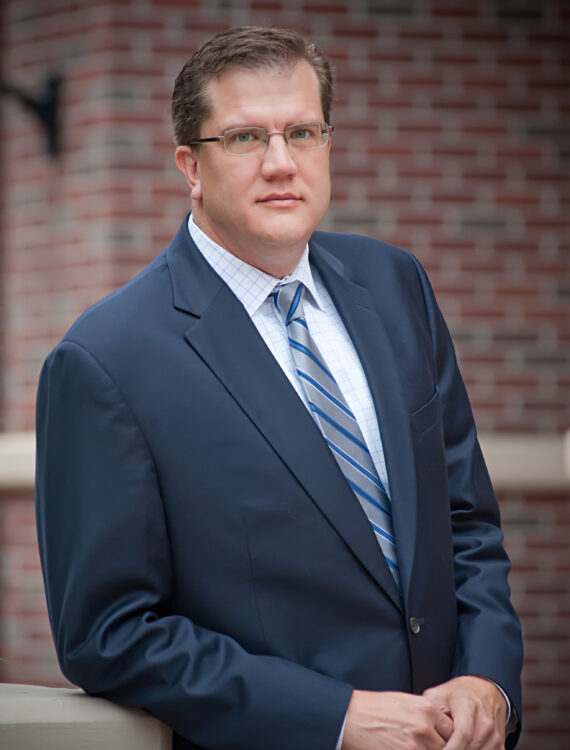Middle District Interprets Structural Damage Requirement

The United States District Court for the Middle District of Florida has interpreted the “structural damage” threshold for sinkhole losses in an Order issued September 3, 2013, in Gonzalez v . Liberty Mutual Insurance Company. The court began its discussion by providing several examples of logical flaws that can arise when words having more than one meaning are used out of context. The court used this predicate to assert that many Florida state courts have rendered erroneous decisions because of flawed reasoning as to what constitutes “structural damage.”
Broadly summarized, Florida’s sinkhole statutes indicate that coverage is available when sinkhole activity causes “structural damage to a building.” Many courts, and in particular Florida state courts, have reasoned as follows: (1) the statute refers to structural damage; (2) a building is a structure; (3) therefore, coverage exists if there is any damage to the building. The Gonzalez court traced Florida’s sinkhole statutes to show that it is wrong to simply equate buildings to structures.
In Gonzalez, the plaintiff essentially made the simple argument– the building was damaged, and therefore the structural damage standard was met. The insurer, on the other hand, argued that structural damage exists only when damage affects the structural integrity of the building. The court agreed with the insurer, first because principles of statutory construction show that structural damage means something more than merely damage to the structure. The court reviewed the development of Florida’s sinkhole statutes between 1981 and 2005. The court further interpreted the statutes in light of the legislature’s expressed intentions in the introductory language in the 2011 statutory revisions. The court found that the 2011 revisions were intended to clarify the meaning of structural damage because the legislature essentially was disagreeing with the Florida courts’ incorrect application of the structural damage standard. The court also found that when statutes refer separately to “physical damage” and “structural damage,” it is clear that structural damage must mean something more than mere damage to the building. The court supported its view by citing numerous cases from other jurisdictions interpreting “structural damage” in contexts other than sinkhole claims. The court found that courts regularly interpret structural damage to mean damage that affects the structural integrity of a covered building.
The court sided with the defendant insurer, finding that something more than mere damage to a building is necessary to show the required “structural damage” under the sinkhole statutes. The court directed that a judgment be entered in favor of the insurer, with the judgment declaring, “’Structural damage to the building’ is damage to a part, material, or assembly of the building that affects the stability of the building or that supports a dead or designed live load, and the removal of which part, material, or assembly could be expected to cause a portion of the building to collapse or fail.”











